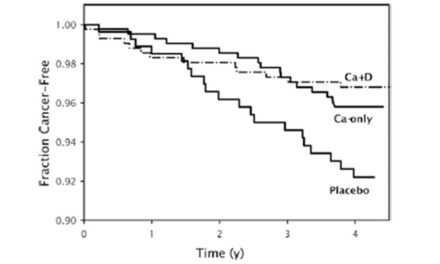Willow Bark for Sustainable Energy Storage Systems
1 Institute of Paper, Pulp and Fibre Technology, Graz University of Technology, Inffeldgasse 23, 8010 Graz, Austria; mathias.hobisch@tugraz.at (M.A.H.); wolfgang.bauer@tugraz.at (W.B.)
2 Department of Bioproducts and Biosystems, Aalto University, Vuorimiehentie 1, 02150 Espoo, Finland; josphat.phiri@aalto.fi (J.P.); jinze.dou@aalto.fi (J.D.); patrick.gane@aalto.fi (P.G.); tapani.vuorinen@aalto.fi (T.V.)
3 Institute for Chemistry and Technology of Materials, Graz University of Technology, Stremayrgasse 9, 8010 Graz, Austria; christian.prehal@tugraz.at
* Correspondence: thaddeus.maloney@aalto.fi (T.M.); stefan.spirk@tugraz.at (S.S.);
Tel.: +43-316-873-30763 (S.S.)
Abstract
Willow bark is a byproduct from forestry and is obtained at an industrial scale. We upcycled this byproduct in a two-step procedure into sustainable electrode materials for symmetrical supercapacitors using organic electrolytes. The procedure employed precarbonization followed by carbonization using different types of KOH activation protocols. The obtained electrode materials had a hierarchically organized pore structure and featured a high specific surface area (>2500 m2 g−1) and pore volume (up to 1.48 cm3 g−1). The assembled supercapacitors exhibited capacitances up to 147 F g−1 in organic electrolytes concomitant with excellent cycling performance over 10,000 cycles at 0.6 A g−1 using coin cells. The best materials exhibited a capacity retention of 75% when changing scan rates from 2 to 100 mV s−1.
Keywords
willow bark; upcycling; carbon activation; electrode formation; supercapacitors; organic electrolytes









